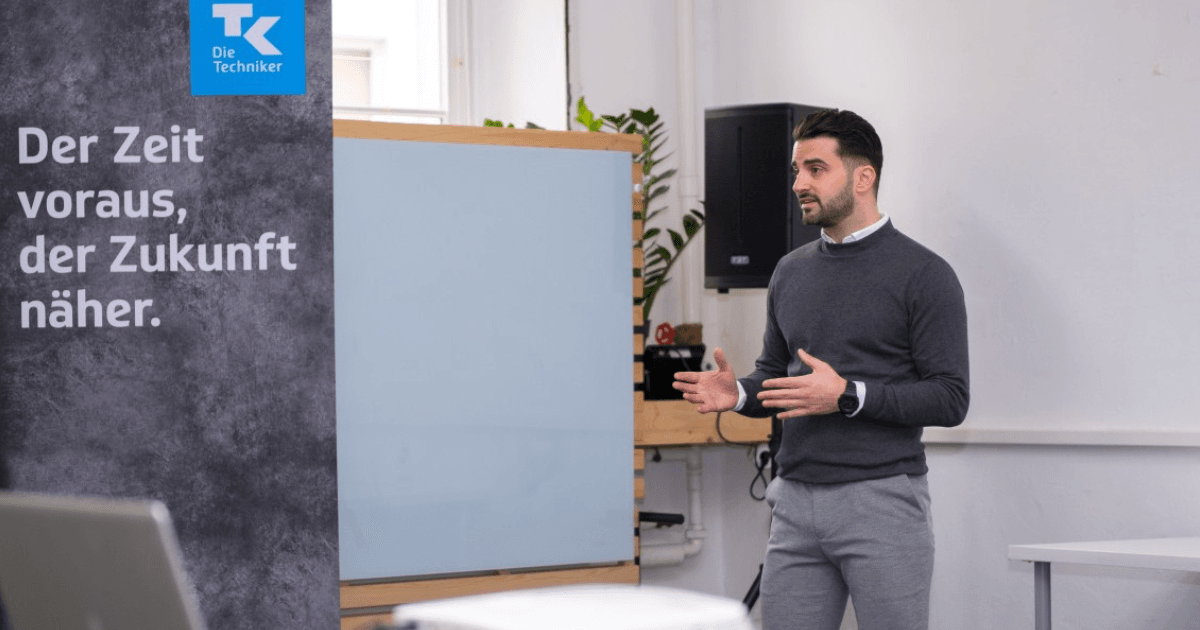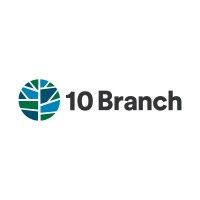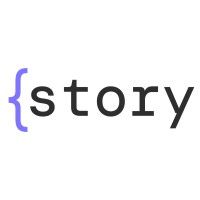Tactical approaches to customer acquisition, retention, and product-led success
Jon Santillan
Jan 8, 2025

Can you share three tactical points on how to drive growth in a startup?
Growth can mean different things for each startup. For some, it means enhancing the lifetime value of their users, while for others, it could mean boosting the number of acquired users or customers. Regardless of how growth is defined, the most sustainable form of it comes from product development and proper user behavior analysis and segmentation.
Here are three of what I believe are bulletproof initiatives a startup can adopt to drive growth:
- A/B Experimentations: Test, test and then test some more! Data-driven experimentation allows you to identify what works and what doesn’t within a controlled environment. Adopt a data-driven approach to test hypotheses about your product features, pricing strategies, landing pages, marketing channels and messaging. Note: a well-functioning data tracking setup is a prerequisite, don’t be hesitant to invest in a good tool, it will pay off.
- Embrace a Product-Led Growth (PLG) Strategy: In PLG, the product itself becomes the primary driver of customer acquisition, retention, and growth. This approach relies on delivering a great user experience. Think: build-in self-service capabilities, smooth onboarding processes and quick value delivery.Virality Loops
- Virality loops is a built-in referral system within a product or service that encourages users to share the product with others, leading to organic exponential growth. This is one of my favorite tactics. I’ve personally started using Tik Tok after my 78 years old grandmother shared links to a couple of funny cat videos VIA WhatsApp (yes, my grandma beat me to Tik Tok!). There are multiple aspects to take into consideration when adopting this approach:
- Trigger: A specific action or event that takes place within the user’s journey that can motivate them to share with others.
- Incentive: A motivation that pushes users to share the product. Bonus Info: the difference between virality loops and typical referral programs are the incentives. Referral programs use “external” incentives such as discounts or credits. Virality loops often use “internal” incentives such as enjoyment or entertainment.
- Sharing Mechanism: How users can easily share the product or platform with their network (social media channels, communication tools).
- New Referred User Flow: new users, brought in by this approach, should have a smooth and engaging onboarding process to quickly realize the product’s value. It can look different than a regular onboarding process, depending on the sharing mechanism.
2. What techniques do you find most effective for acquiring new customers, and how do you ensure they become loyal and engaged users?
1. Deep Customer Segmentation
The more you understand your customers, the better you can communicate with them. Conduct extensive customer interviews, surveys, and leverage data analytics to uncover unique pain points, behaviors, and needs.
Suggested Action: Use this data to create detailed customer personas and tailor your product features, onboarding journeys, communication messages, and even sales approaches to target these segments. Focus on solving their unique problems with a hyper-specific approach.
2. Smart Partnerships
Partnering with complementary platforms or businesses can help you reach new audiences that are already pre-qualified and more likely to be interested in your product. I like to think of it as “piggyback” riding on pre-established audiences.
Action: Identify potential partners, with products or services that complement yours, and develop mutually beneficial partnership strategies, such as cross-platform integrations or bundled offerings.
3. Customer Referrals and Advocacy
Happy customers are your best marketers, especially with the endless social communications at their fingertips. These customers can become an acquisition channel. A smart referral program can significantly increase your user acquisition. Personally, I like to tailor this approach based on user stickiness. It would also be helpful to create a tiered program with different offerings tailored linked to the user's lifetime value or stickiness.
Action: Create a referral program that incentivizes your existing customers to refer new users. This can include discounts, credits, or exclusive features for both the initial and new customer. The key here is to develop a referral program that makes sense to your user segments.
4. Loyalty and Returning Users
Personalization: In today's digital age, personalization is not a luxury; it's an expectation. Users now demand tailored experiences in all touchpoints of their digital interactions, from social media content to online shopping behaviors. By embracing personalization, you can meet these expectations and deliver value more efficiently. An app or platform that adapts its interface and highlighted features based on user behavior can attract and retain more users compared to a one-size-fits-all solution.
Let’s think of a B2B SaaS platform offering a solution for the following segments: manufacturers and retailers. Manufacturers have unique needs such as complex production schedules, supply chain management, and regulatory compliance. Whereas retailers are more focused on inventory management, customer engagement, and sales analytics. The onboarding journey, for example, should look different for each segment:
- For manufacturers, the focus could be on data integrations, supplier management features and production scheduling.
- For retailers on the other hand, the focus could be on sales dashboard setup, inventory management tools and training support.
5. Tailored Value Delivery
This is an important point that’s often overlooked. It’s a given that value delivery is essential to acquire and retain customers. However, value delivery should be tailored to adapt to the user’s journey and interaction with your product. Different stages of the user journey require different strategies to maximize the perceived value of the product.
For example, a freemium offer might be valuable for a first-time user exploring the product, but it won’t be attractive for a long-term user who has already integrated the product into their daily routine.











